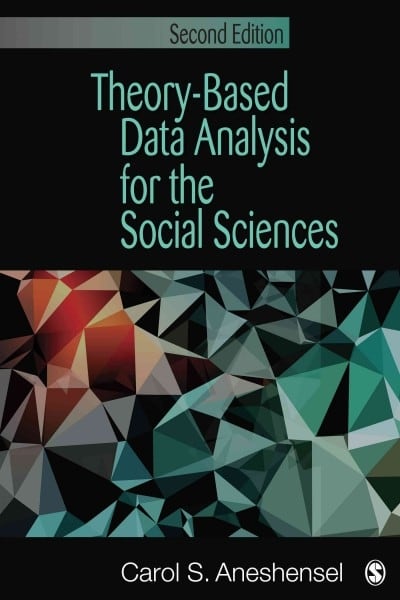Question
make a poster example for interdisciplinary liberal arts it should represent a research project begun and completed in Liberal arts The purpose of the I-LA
make a poster example for interdisciplinary liberal arts it should represent a research project begun and completed in Liberal arts The purpose of the I-LA Research Poster is two-fold. First, it demonstrates your ability to (1) construct a research project pertinent to your interests and academic experiences as an Interdisciplinary Liberal Arts major. Second, it allows you the opportunity to demonstrate your ability to communicate research information pertinent to your major visually, a skill increasingly wanted by employers in the 21st Century workplace. The point here is for you to communicate useful and thoughtful information within a confined space. Requirements: Your research poster must have the following components: A concise yet detailed research question | thesis. Your research question | thesis should address some larger issue within an Interdisciplinary context. A minimum of 3 recognizable Disciplinary Perspectives. A minimum of 10 sources from acceptable academic | relevant sources. Both summary, direct quotation, and all bibliographic information. Relevant visual aids (if applicable). 3 compositional components: (1) thesis | research question, (2) main body (e.g., information, data, summary, quotation, visual aids) and (3) a conclusion. Format:1 Standard Poster Size: 24" x 36" (61 x 91mm) Either Microsoft Word or .PDF document One sided only. Body dysmorphia and use these sources : American Psychiatric Association. (2013). Diagnostic and statistical manual of mental disorders (5th ed.). Washington, D.C.: Author. Cachet, T. L., & Stein, M. T. (2015). Body dysmorphic disorder in men: A review of the literature. Clinical Psychology Review, 35, 17-24. Olivardia, R., & Pope, H. G. (2009). Body dysmorphic disorder in males. Psychiatric Clinics of North America, 32(1), 123-134. Cook, B. J., Hausenblas, H. A., Crosby, R. D., Cao, L., & Wonderlich, S. A. (2010). Factor structure of the Drive for Muscularity Scale in men and women Journal of Behavioral Medicine, 33(4), 273-280 Murray-Swank, A., Goldberg, R., Dickerson, F., Medoff, D., Wohlheiter, K., & Dixon, L. (2007). Correlates of Religious Service Attendance and Contact With Religious Leaders Among Persons With Co-Occurring Serious Mental Illness and Type 2 Diabetes The Journal of Nervous and Mental Disease, 195(5), 382-388, Barajas, A. S., Figueroa, A. V., & Popov, V. (2017). Associations Between Gender Role Attitudes and Body Dissatisfaction Among Mexican Women Sex Roles Schmidt, U., Adan, R., Bhm, I., Campbell, I. C., Dingemans, A., Ehrlich, S.,... & Zipfel, S. (2019). Eating disorders: The big issue is the need for a comprehensive transdisciplinary approach. Journal of Psychosomatic Research Veale, D., Gledhill, L. J., Christodoulou, P., Hodsoll, J. (2016). Body Dysmorphic Disorder in Different Settings: A Systematic Review and Estimated Weighted Prevalence. Body Image, 18, 168-186. Groesz, L. M., Levine, M. P., & Murnen, S. K. (2002). The effect of experimental presentation of thin media images on body satisfaction: A meta-analytic review Journal of Social and Clinical Psychology, 21(2), 174-195. Diedrichs, P. C., Lee, C., & Kelly, M. (2015). Seeing the beauty in everyday people: A communication intervention to reduce skin tone dissatisfaction Health Psychology, 34(4), 402-405
Step by Step Solution
There are 3 Steps involved in it
Step: 1

Get Instant Access to Expert-Tailored Solutions
See step-by-step solutions with expert insights and AI powered tools for academic success
Step: 2

Step: 3

Ace Your Homework with AI
Get the answers you need in no time with our AI-driven, step-by-step assistance
Get Started


